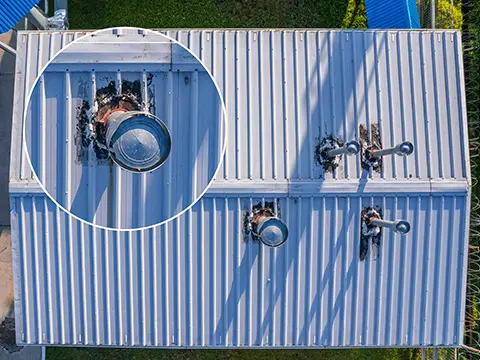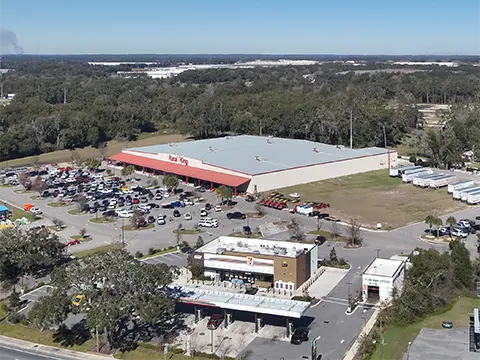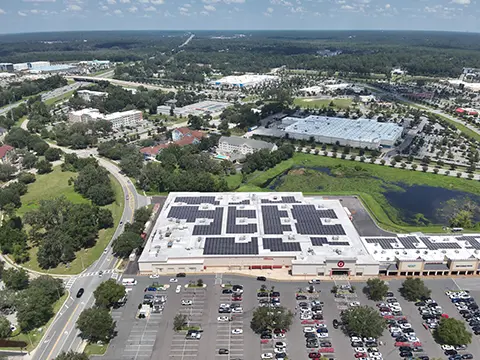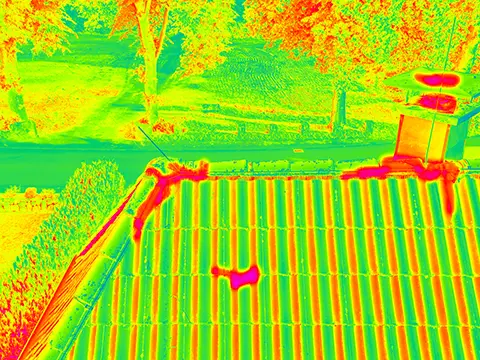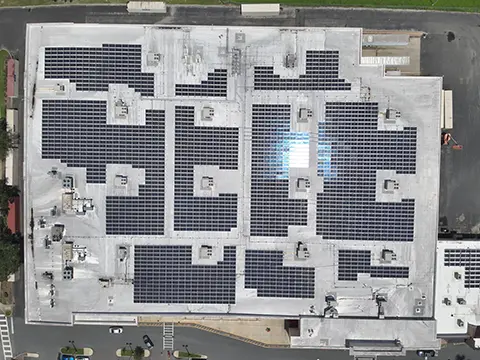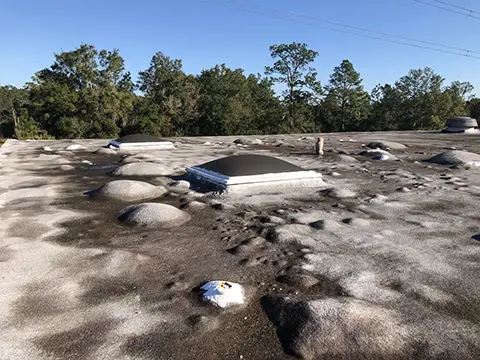When you take commercial roofing as seriously as the professionals at Florida Roof Design, you use every tool available including cutting-edge technology. That is why we utilize drones as part of our roof inspection process.
While walking on your roof is a great way to do an inspection, it isn’t the only way. Occasionally, walking on the roof system can actually lead to possible increased roof damage or injury. Though we will “walk a roof” we also utilize a more complete and modern approach with the use of both drones and thermographic equipment.
Drone Inspections
Rest assured that our teenage neighbor is NOT operating our drones. We have a fully FAA licensed drone pilot on staff to ensure safety and legal compliance, as well technical expertise.
We look for things like ponding water, appropriate installation of HVAC units and other rooftop equipment, clogged drains, broken skylights, vegetative growth and evidence of roof surface erosion or other damage.
Our professionals will then do an on-roof assessment of the situation to ensure no detail is overlooked.
You wouldn’t believe the things we have seen via drone! Here are just a few: Five foot trees in gutters, hypodermic needles & garbage and poorly installed foam roofs that more closely resemble the surface of the moon than professionally managed commercial roofing systems.
Thermographic/Infrared Inspections
Thermal imaging is based on the scientific concept that the presence of moisture causes a temperature difference between the wet material and the dry material. This temperature difference is visible through infrared technology. By assessing the difference in temperatures, we can identify areas that have moisture trapped within your roofing system, without having to remove any portion of the system itself!
This level of inspection is invaluable to the long-term protection of your building. Not all leaks are visible, nor is all damage obvious. The ability to identify water damage not readily visible to the naked eye allows us to ensure every project we do is done right and done completely, the first time.
It takes a well-trained professional to evaluate the infrared results. The temperature gradient between wet and dry roofing material can be as little as 2 to 4 degrees. Additionally, various elements on a roof can appear warmer than the surrounding roof without being wet, such as your HVAC unit(s) or wet drains. It takes a discerning eye to identify the true underlying problem(s). Continuous training is key to interpreting the data and reporting the results of the thermographic roof mapping collected during drone inspections. Florida Roof Design has your well trained, and continuously trained, professional drone inspector!
To learn more about drone inspections or how our thermal imaging inspections work, please call us at 352-734-3011 and ask to speak with one of our inspection experts.





